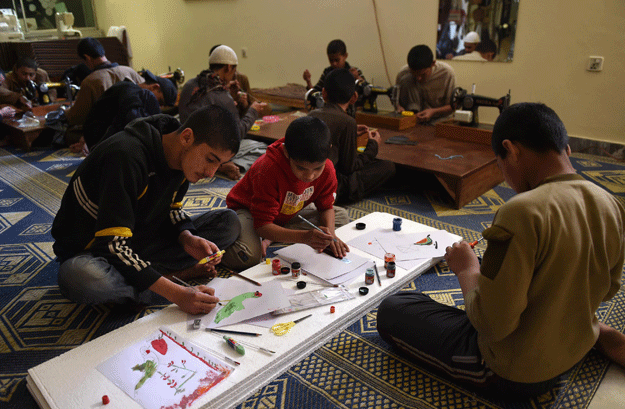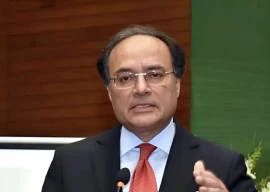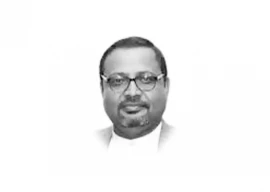
As bad as it is to be a child in Azad Jammu and Kashmir, it is better than being a child in the rest of Pakistan. That is the assessment of the State of Children in Pakistan report issued recently by the United Nations Children’s Fund.
According to the report, which is the first government-endorsed study by UNICEF, the AJK government has had a keen focus on children’s issues, particularly education, which gets 26% of the region’s regular budget and nearly 8% of the development budget. In addition, there are other factors that enable a slightly better environment for children in AJK relative to the rest of Pakistan: greater social mobility, and the absence of feudal social structures, which are seen as an impediment to education in most parts of Pakistan.

This, however, does not mean that all is well for the children of AJK. Gross enrollment in primary schools, for instance, is at 95%, which is relatively high, until one considers the fact that only 33% of boys and only 19% of girls ever even make it to high school, let alone graduate.
There are 2,690 primary schools, 994 middle schools and 683 high schools in the ten districts of AJK. Enrollment numbers appear to be somewhat similar for boys and girls at all levels, though there is a significant dropout rate at higher levels: at the primary school level, 122,044 boys to 126,835 girls, in middle school 56,007 boys to 50,452 girls. The total number of students attending public schools in AJK is 396,258 of which 200,444 are boys and 195,814 are girls.
AJK also does not appear to have the ‘ghost school’ problem that the rest of Pakistan has. Meanwhile, at least 20,000 students in the region attend 426 religious madrassah where they receive boarding and lodging that is often free. Officials in AJK say there are no unregistered madrassahs in the region and that most are compliant with the 1996 Deeni Madrassas Registration Act.
Juvenile justice
In AJK, the crime rate is low; as such there are few prisoners and convicts in jails, and an even smaller number of juvenile offenders. At the end of December 31, 2011 the population of juvenile offenders is precisely one in Muzaffarabad Central Jail and he is being held on a murder charge. Some incidents of abuse of juvenile offenders in Mirpur jail, with the connivance of the prison staff, have, nevertheless been reported.
Child labour
According to the joint director for labour, child labour in AJK is not as bad as the rest of Pakistan, but it does exist. AJK has a small manufacturing base, and there are no reports of children working in factories. However, there are children working in the services sector like auto repair shops, roadside cafes as well as in agriculture and as domestic servants.
Health facilities
AJK’s health infrastructure was severely damaged during the 2005 earthquake. Efforts are ongoing to reconstruct damaged hospitals and other health centres. There are approximately, 2,249 hospital beds available, averaging one bed per 1,762 people.
Burden of diseases
There was not a single polio case reported from AJK but diarrhoea is one of the most prevalent diseases among children.
Published in The Express Tribune, June 12th, 2015.
1735380025-0/Untitled-(8)1735380025-0-405x300.webp)
1735378426-0/Untitled-(7)1735378426-0-165x106.webp)
1735374867-0/Untitled-(6)1735374867-0-165x106.webp)
1735372359-0/Untitled-(5)1735372359-0-165x106.webp)
1735368609-0/Untitled-(4)1735368609-0-165x106.webp)




1735380262-0/Untitled-design-(75)1735380262-0-270x192.webp)

1735283394-0/sidra--(9)1735283394-0-270x192.webp)



1720030784-0/Smog-free-Lahore-(14)1720030784-0-270x192.webp)
1733421998-0/New-Project-(1)1733421998-0-270x192.webp)






COMMENTS (3)
Comments are moderated and generally will be posted if they are on-topic and not abusive.
For more information, please see our Comments FAQ